Zero Density Presents: "Worlds Within a World" — Broadcasting FIFA Magic Through the Reality Lens
RTBF didn't just cover the 2022 World Cup; they reimagined it. Crafting a colossal virtual production stage, they merged an XR LED screen with green screens on either side, weaving in Augmented Reality elements for more storytelling context. When XR, VS, and AR come together like this, it's not just sports—it's a visual storytelling masterpiece.
A Season of Wonders…
This FIFA World Cup season was nothing short of spectacular, delivering moments that transcended boundaries and smashed records. From Morocco's unprecedented journey to the semi-finals to Messi's storybook ending, the tournament was a crucible of drama, wonder, and history-making feats.

Bringing the Magic to Screens: Reality Engine by Zero Density
But the magic wasn't just confined to the pitch; it also extended to the screens that brought those incredible moments to life. With the Reality Engine by Zero Density, broadcasters from across the globe transformed traditional sports reporting into a hyper-realistic, immersive experience.
RTBF's Virtual Studio Odyssey: A Masterclass in The Realm of Virtuality
Imagine a panorama of stadiums compressed into a single screen, your lens into the world of football. That was the essence of RTBF's daily World Cup broadcast—a staggering 7.5 hours of live coverage each day. Picture this: an LED portal window as the cosmic center, surrounded by space-bending green screens, all guided by the creative geniuses at DreamWall.
They didn't just put a studio on air; they created an entire alternate dimension. Utilizing two RE AMPERE workstations and running three engines—two for the virtual set, one for their flycam feature—the RTBF wizards placed their hosts on an out-of-this-world rooftop in Qatar. From daylight to twilight to nighttime and even further to all eight football stadiums in Doha
Still not impressed? Hold tight. The team conjured up real-time augmented reality stats, scores, and even live player line-ups on their LED wall, all powered by Reality.
And then came the pièce de résistance: virtual player interviews. With Zero Density, the RTBF crew linked remote locations to the studio, teleporting a photorealistic guest that could have been transmitted from any corner of the globe.
Here is how it’s done: After the remote location matches the angle of view to the main studio and sends the sound and picture to the studio, all input is placed in a plane object using Zero Density technology that links the render engine to the tracking system. Voilà! You have a photorealistic guest on your set that could be transmitted from anywhere in the world.
Immersive Storytelling: France's TF1
Meanwhile, France's TF1 took fans on a virtual tour of their own, placing their hosts on a balcony overlooking the pitch. The channel's use of 360-degree visual storytelling and animated game tactics enriched the viewing experience, blurring the lines between the virtual and the real. Don’t miss out on the case study for more details of how they built this experience.
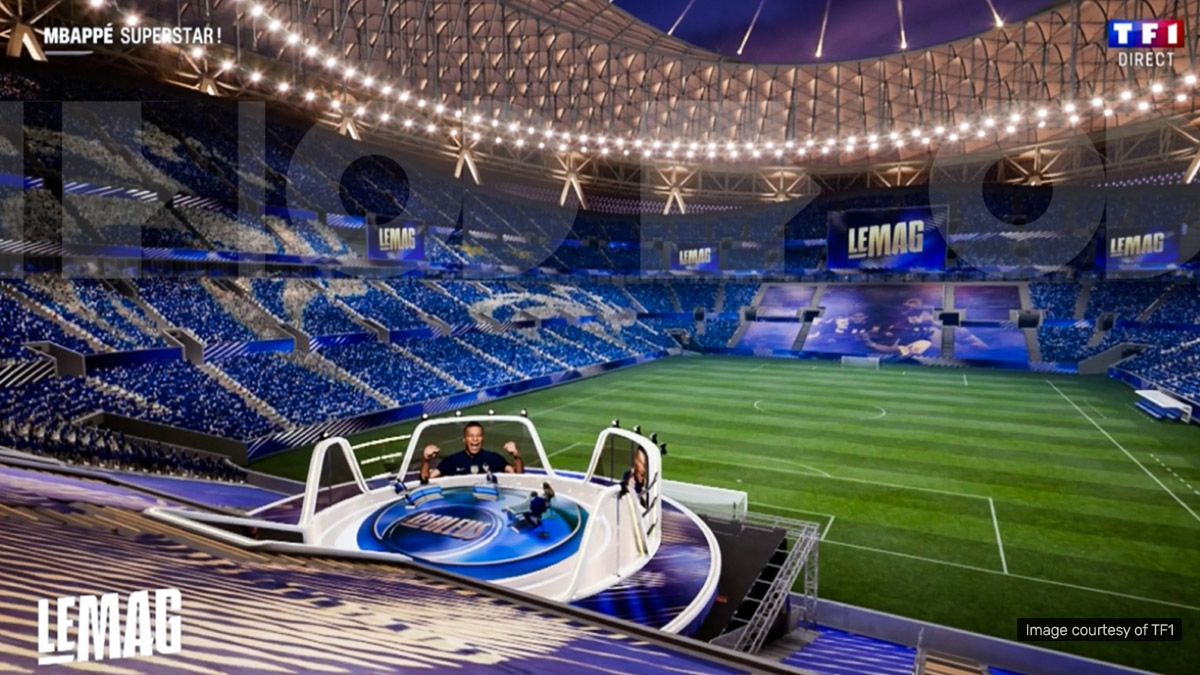
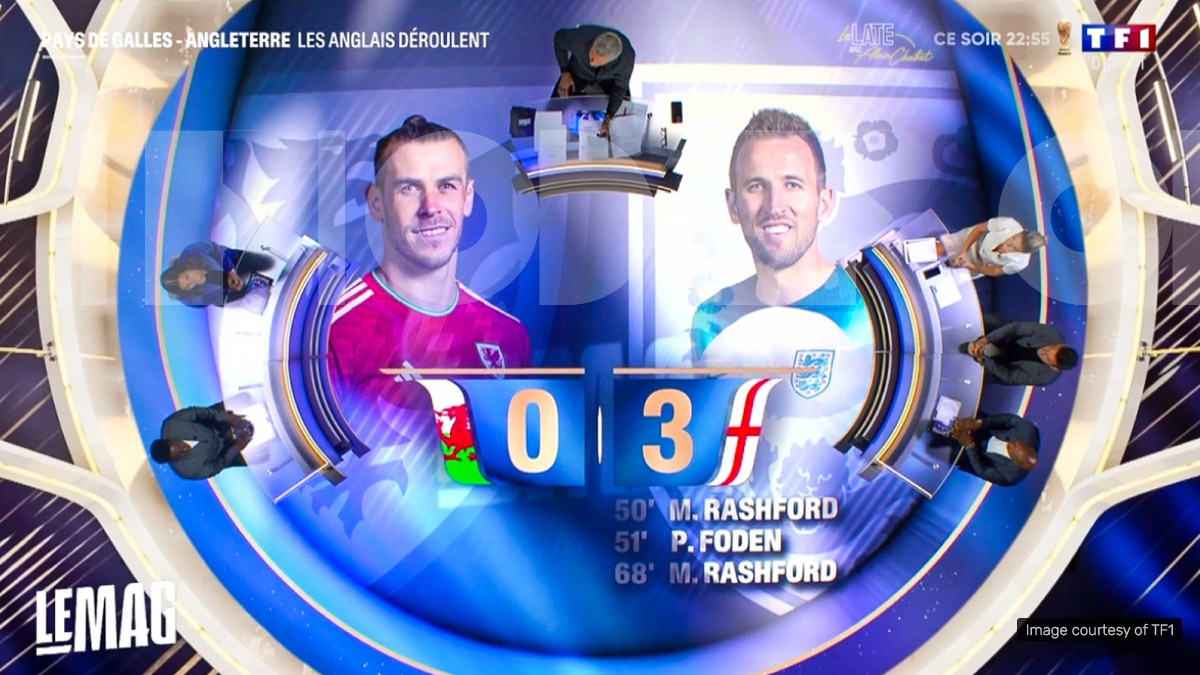
Quick Adaptation: Slovenia's RTV SLO
Slovenia's RTV SLO, a newcomer to the Reality ecosystem, managed to prepare their virtual set in just three weeks. The advanced chroma keying technology, Reality Keyer, seamlessly integrated the hosts with a dynamic virtual background, providing almost endless creative possibilities for the broadcast. RTV SLO went live every day with three cameras – each of which was linked to one Reality Engine and, in total, one RealityHub to power all the real-time Unreal Engine graphics involved.
“We now have a modern, reliable system for virtual production which gives us almost endless possibilities in creation.”
Rade BOJIC, Project Engineer at RTV SLO.
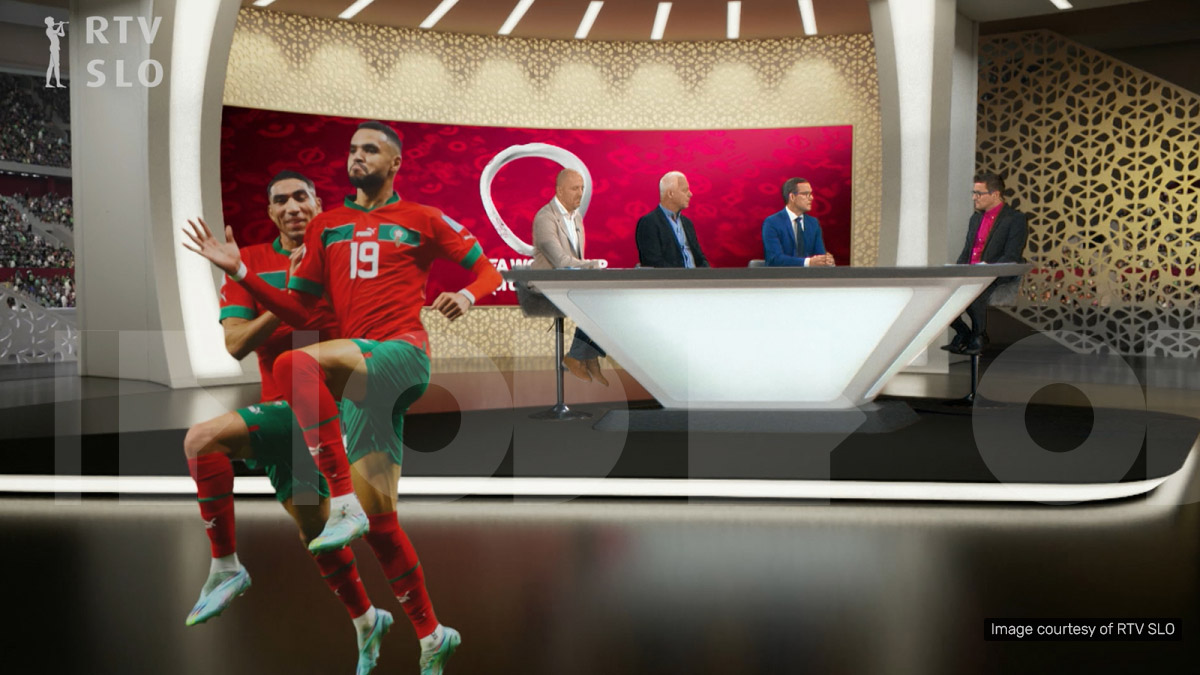
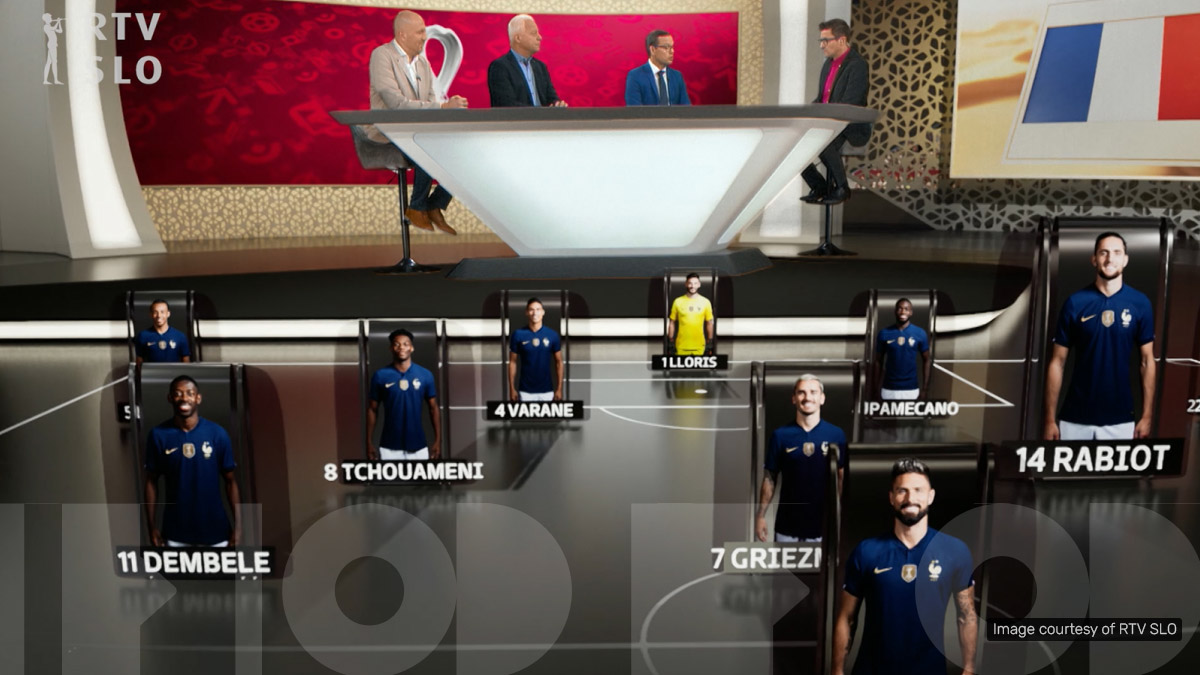
Living Sets: UAE's Asharq News
In the UAE, Asharq News created a "living set" effect by embedding their studio within a virtual football stadium filled with cheering fans. The expansive look, achieved without a green screen, showcased virtual set extension technology at its best.
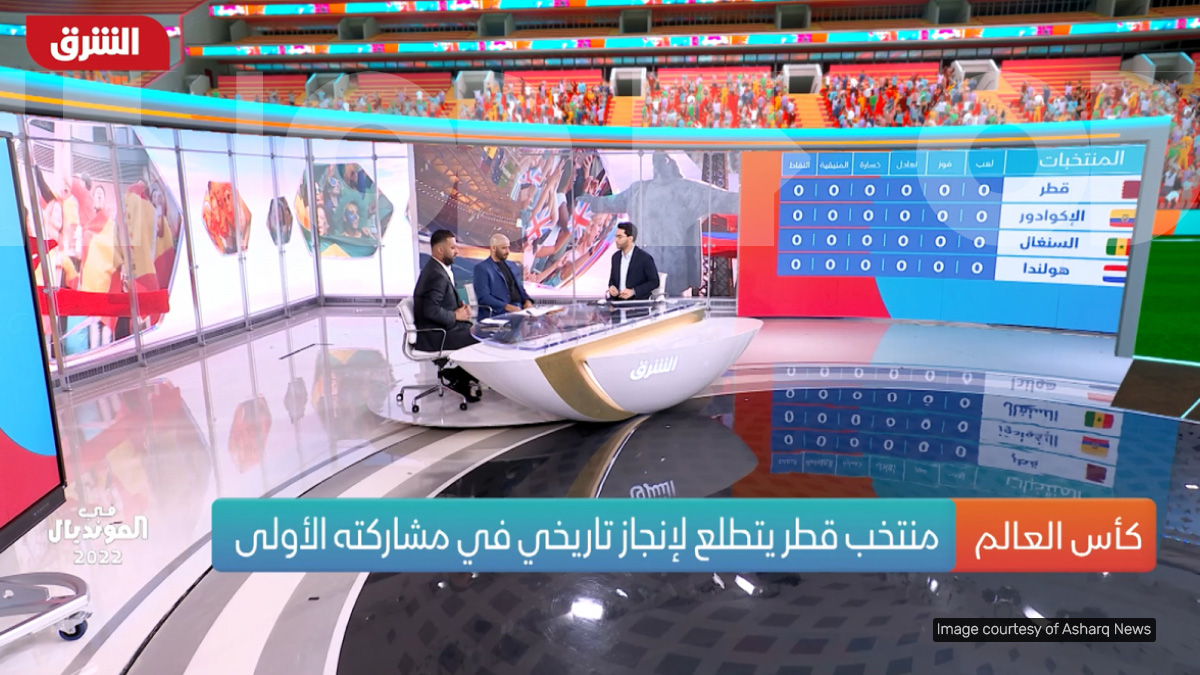
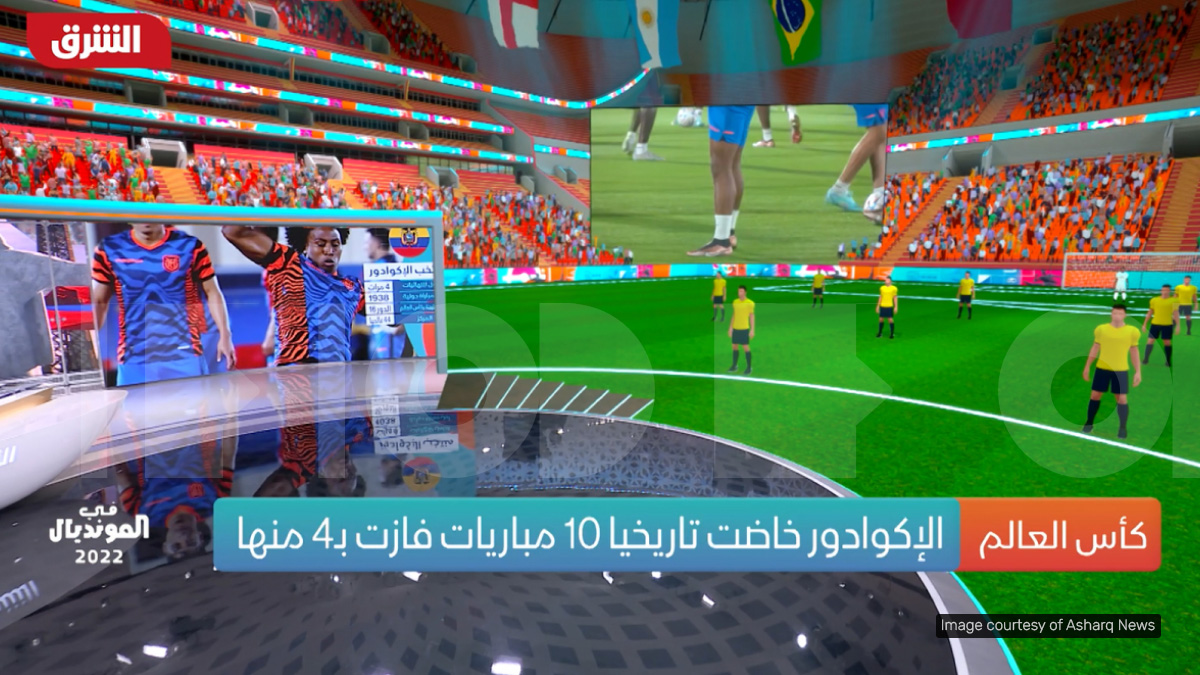
Emerging Giants: Malaysia’s ICE TV and Astro
In Malaysia, ICE TV and Astro both marked their first-ever virtual studio productions. They decided to build their first cyclorama with the World Cup in mind, and things started to blossom with Reality Engine powering real-time graphics and dynamic virtual environments. Astro, in particular, found the experience transformative, saying it would redefine the way they will execute future productions.
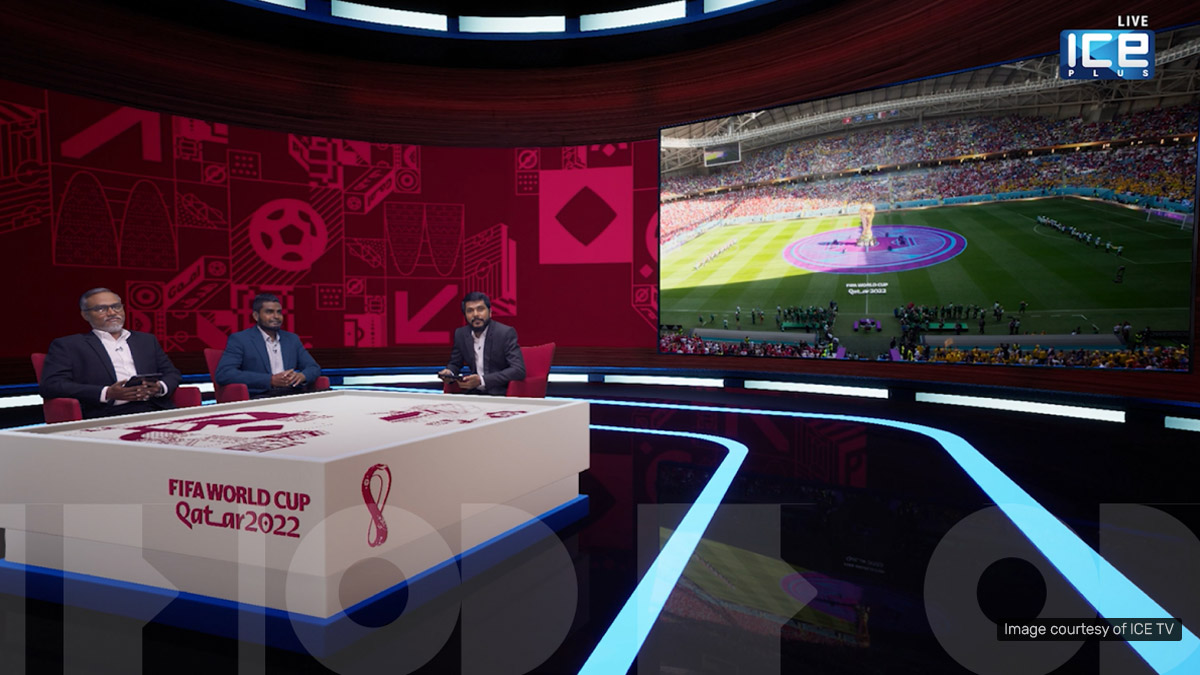
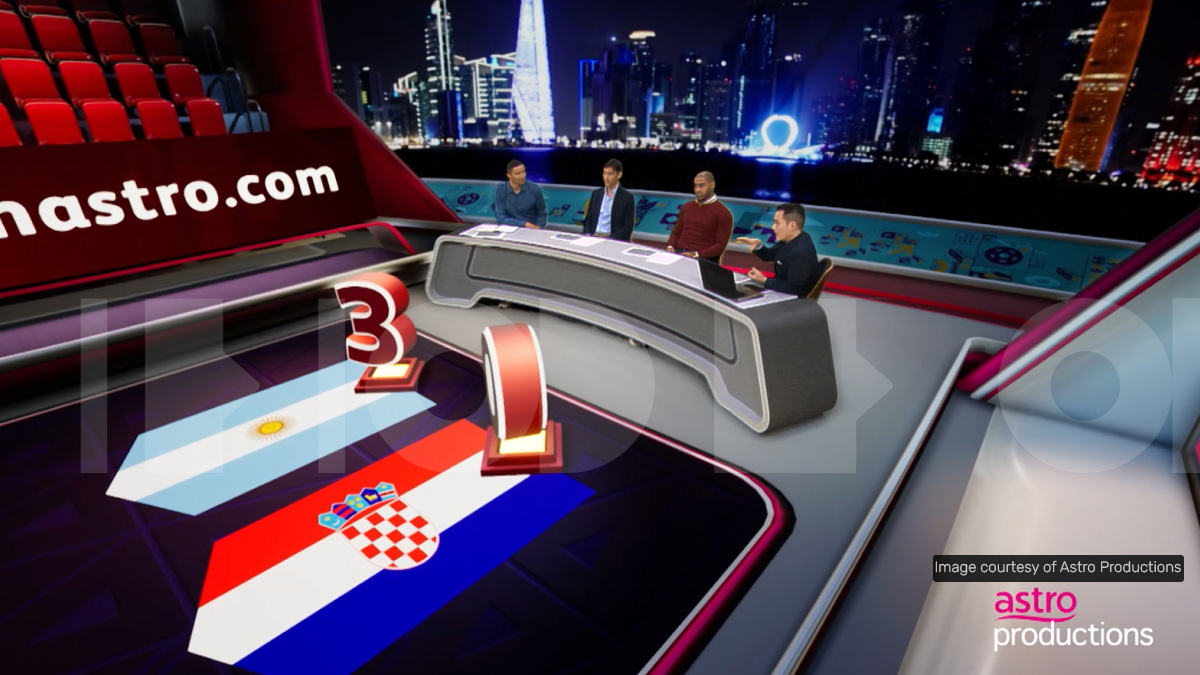
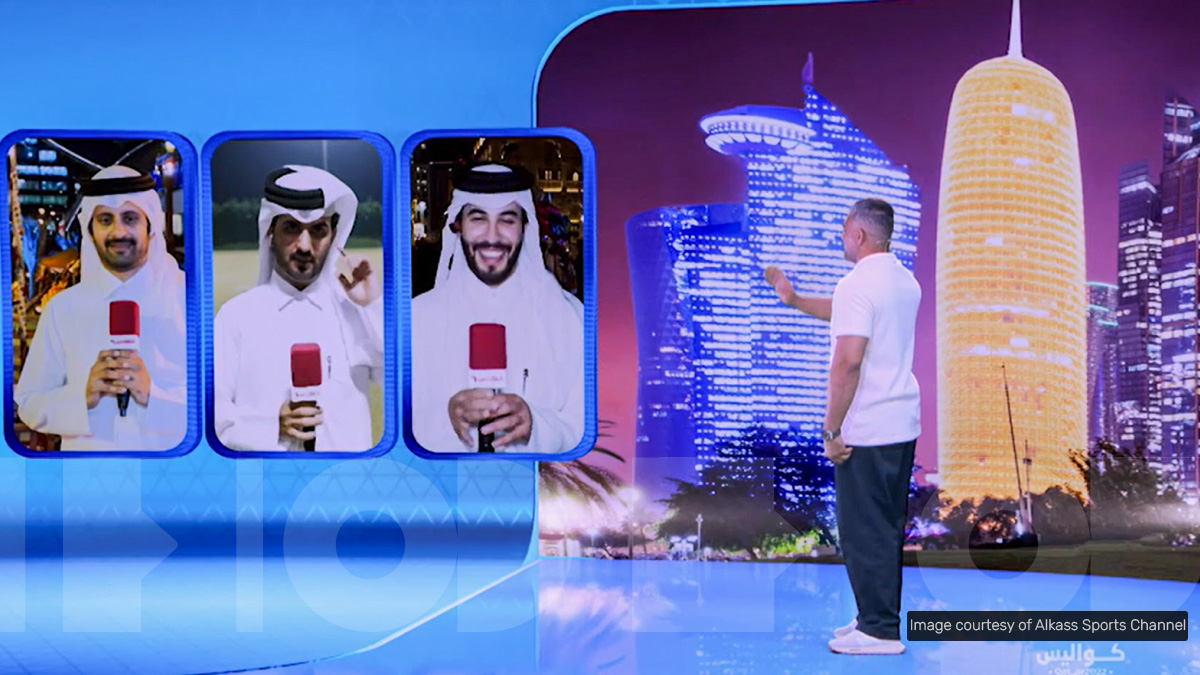
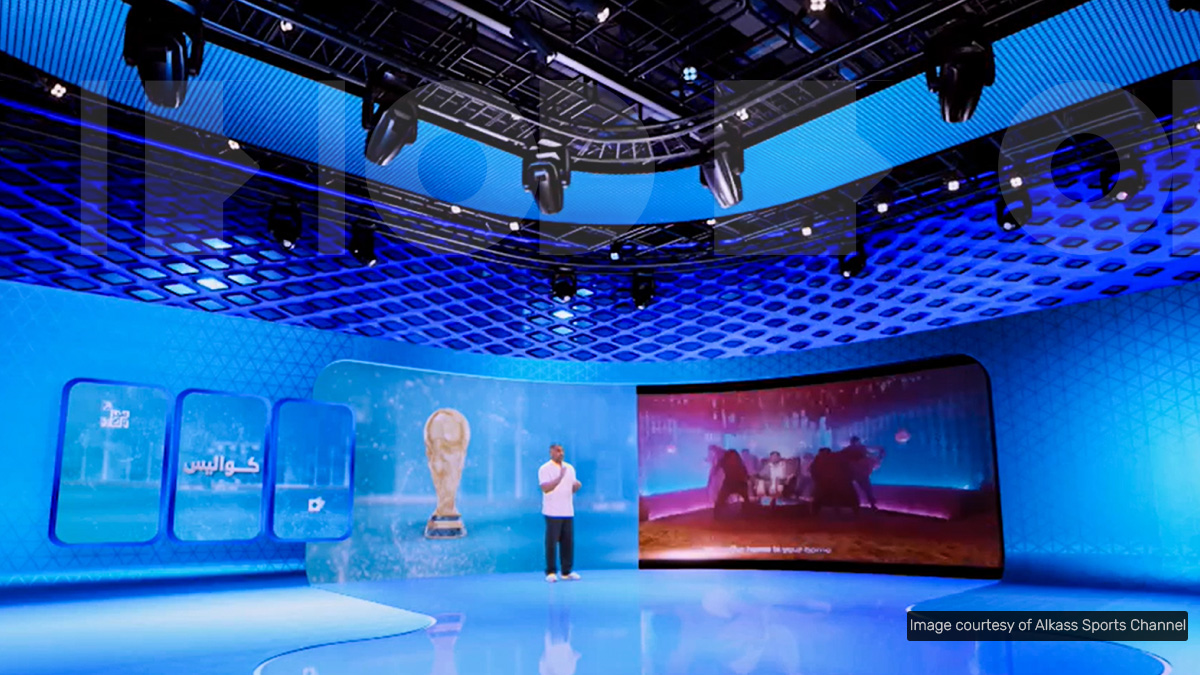
A New Era of Sports Broadcasting
From Belgium to Qatar, broadcasters leveraged Zero Density's Reality Engine not just to showcase the World Cup but to redefine sports broadcasting itself. These "worlds within a world" have set new standards, turning what was once thought of as fantasy into a broadcast reality.